
Every day, more than a billion Stories get shared across Instagram, Facebook, Messenger and WhatsApp.
Just let that figure sink in. Stories have captured people's imaginations. They’re full-screen, vertical and immersive and help people easily interact and enhance the creativity of their communication.
They’re also the way people stay connected to the brands and products they love. In fact, there are more than 3 million monthly active advertisers Stories. They’re taking this new canvas and finding innovative ways to build awareness, make sales and drive business results across the customer journey.
So what’s keeping you from advertising there? Perhaps you think shooting vertically limits you. Maybe you just can’t see how to leverage the platform creatively.
Fear not. Many leading brands are turning to Stories to become engaging mobile-first storytellers. They’re embracing the vertical canvas. They’re breaking rules and coming up with fresh ways to embrace the narrative power of Stories. They’re demonstrating a true understanding of the Stories vocabulary as a new language of communication.
Let’s take a look at five brands that are crushing it creatively right now. You’ll see how they’re using Stories to change their companies, change their industries and even change the world. Get inspired by their success.
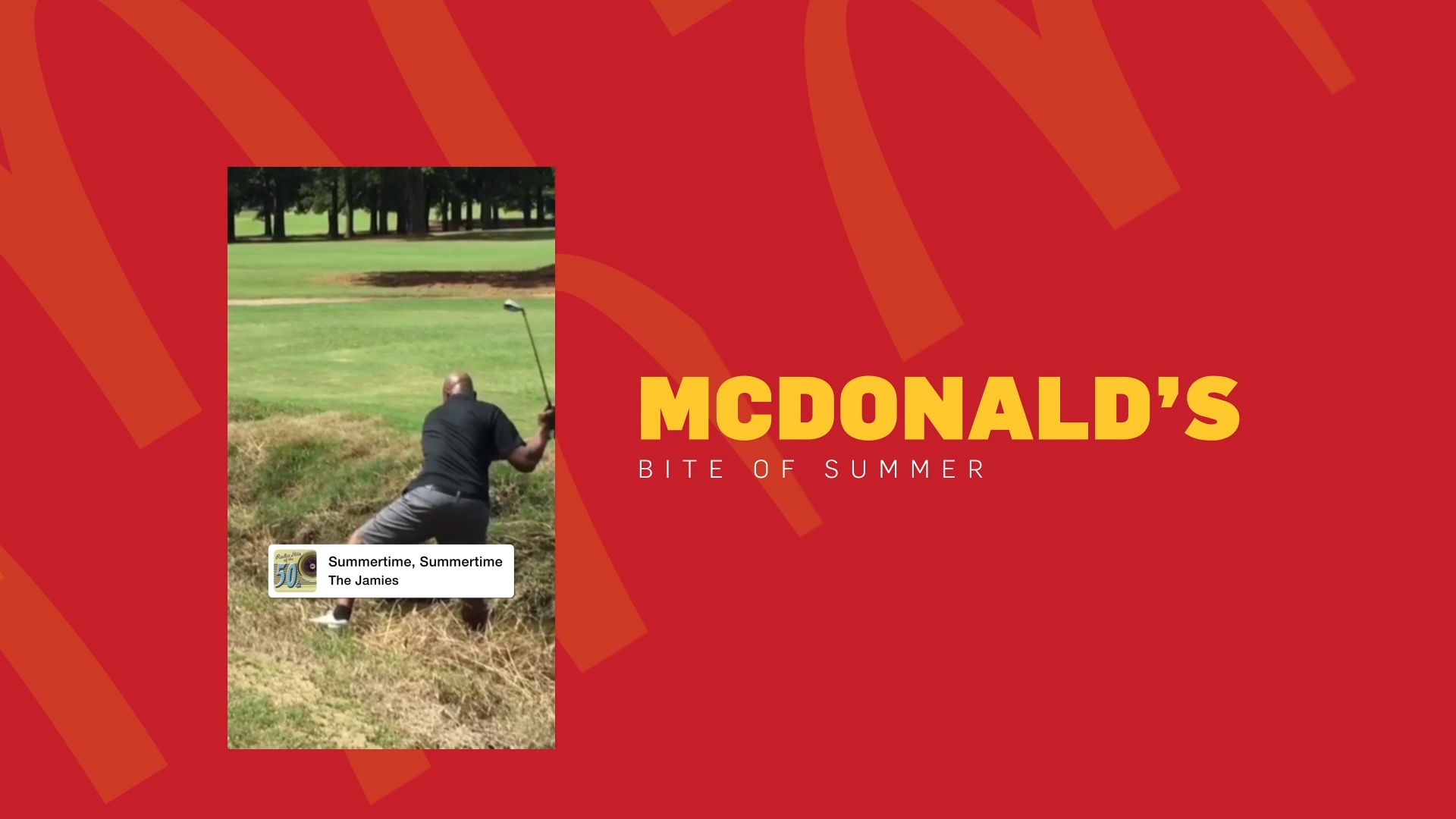
Maybe the dog days of summer aren’t all they’re cracked up to be?
To increase consideration of its Fresh Beef Quarter Pounder burgers during summer, McDonald’s developed a message born from the tension between the idyllic perception of summer and the reality that summer can actually be hard work.
So that perfect family pose by the ocean? It gets wiped out by a rogue wave. The successful chip shot from the edge of the green? It turns into a tumble into the water hazard. Lounging in a floaty in the pool? How about flipping over and flipping out. After all, nothing is as good for a chuckle as a good photo fail.
Stories became an ideal extension for McDonald’s summertime Quarter Pounder campaign: the right channel to uniquely align the campaign messaging and engage their target audience. McDonald’s tapped into native, user-generated “summer fail” videos and added a touch of feel-good by layering on a native music sticker with the campaign theme song (The Jamies’ classic “Summertime, Summertime”).
The goal, of course, was to have a little fun with their audience. The campaign spotlights light-hearted summer bummers, then reminds people that McDonald’s Quarter Pounder is so easy, so quintessential for the season, it really is summer’s simplest pleasure.
T A K E A W A Y
Understand how content is consumed in Stories. Consider playing with things like camera effects to match the look and feel of organic stories content.
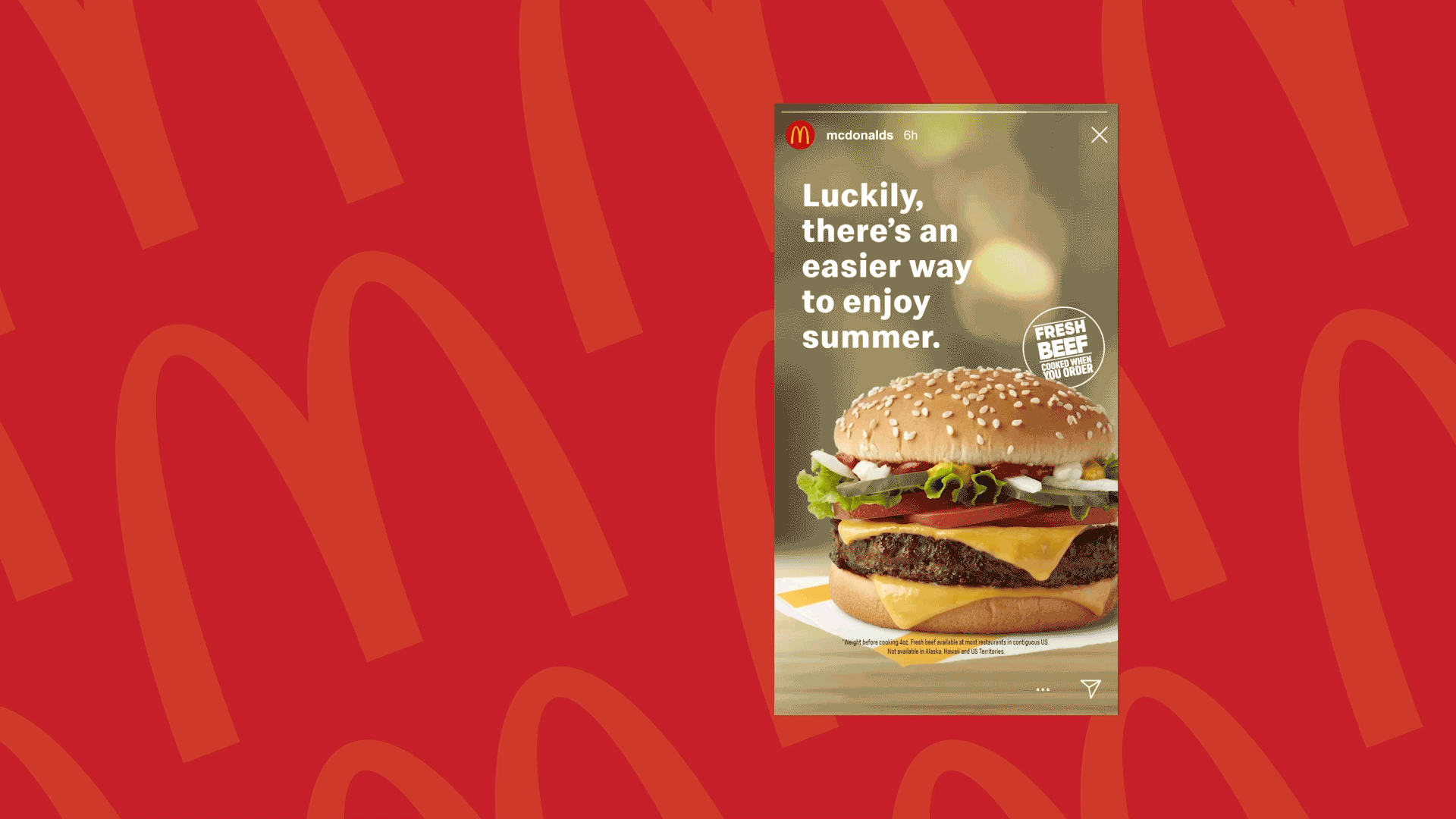
Maybe the dog days of summer aren’t all they’re cracked up to be?
To increase consideration of its Fresh Beef Quarter Pounder burgers during summer, McDonald’s developed a message born from the tension between the idyllic perception of summer and the reality that summer can actually be hard work.
So that perfect family pose by the ocean? It gets wiped out by a rogue wave. The successful chip shot from the edge of the green? It turns into a tumble into the water hazard. Lounging in a floaty in the pool? How about flipping over and flipping out. After all, nothing is as good for a chuckle as a good photo fail.
Stories became an ideal extension for McDonald’s summertime Quarter Pounder campaign: the right channel to uniquely align the campaign messaging and engage their target audience. McDonald’s tapped into native, user-generated “summer fail” videos and added a touch of feel-good by layering on a native music sticker with the campaign theme song (The Jamies’ classic “Summertime, Summertime”).
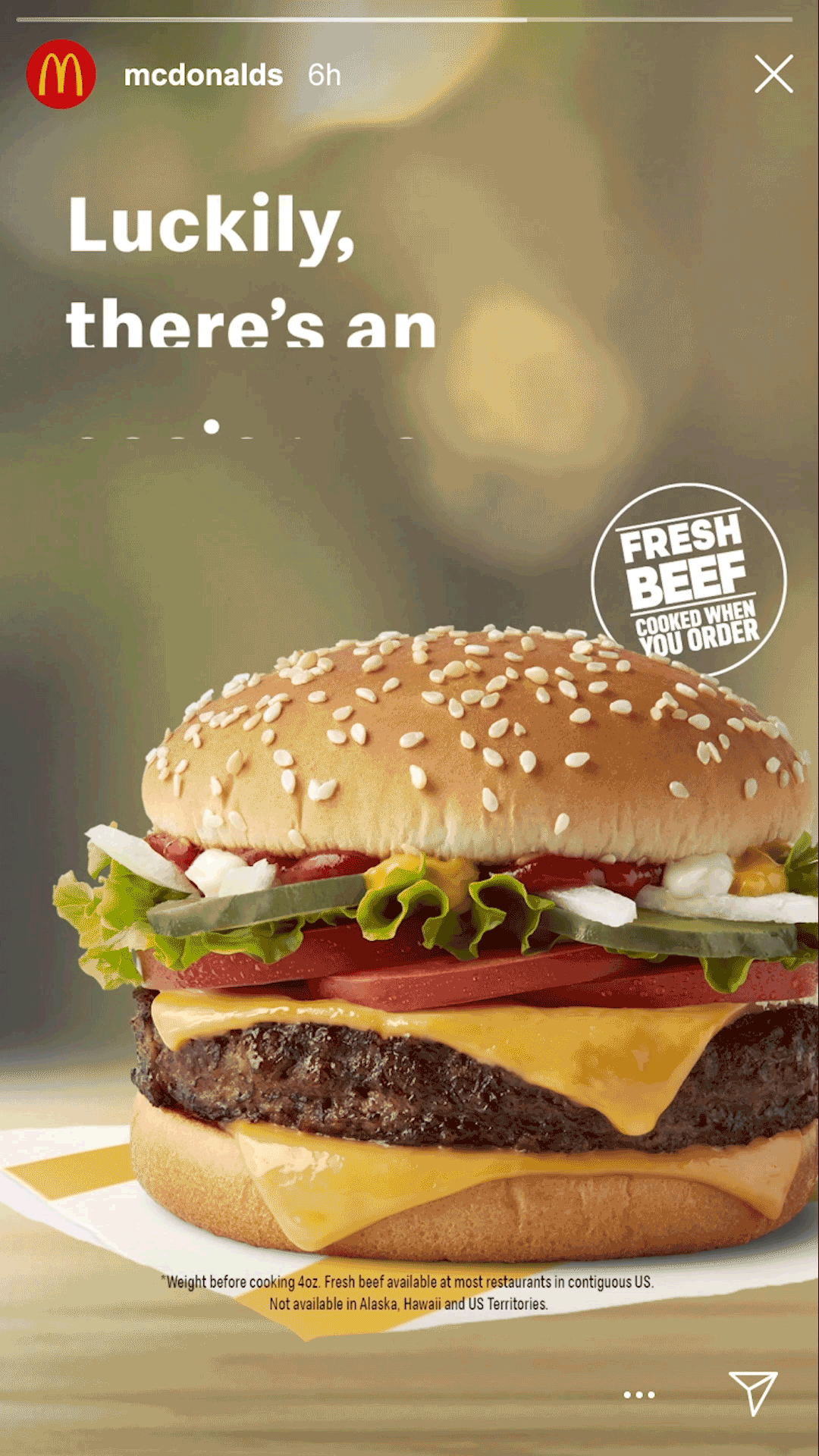
The goal, of course, was to have a little fun with their audience. The campaign spotlights light-hearted summer bummers, then reminds people that McDonald’s Quarter Pounder is so easy, so quintessential for the season, it really is summer’s simplest pleasure.
T A K E A W A Y
Understand how content is consumed in Stories. Consider playing with things like camera effects to match the look and feel of organic stories content.

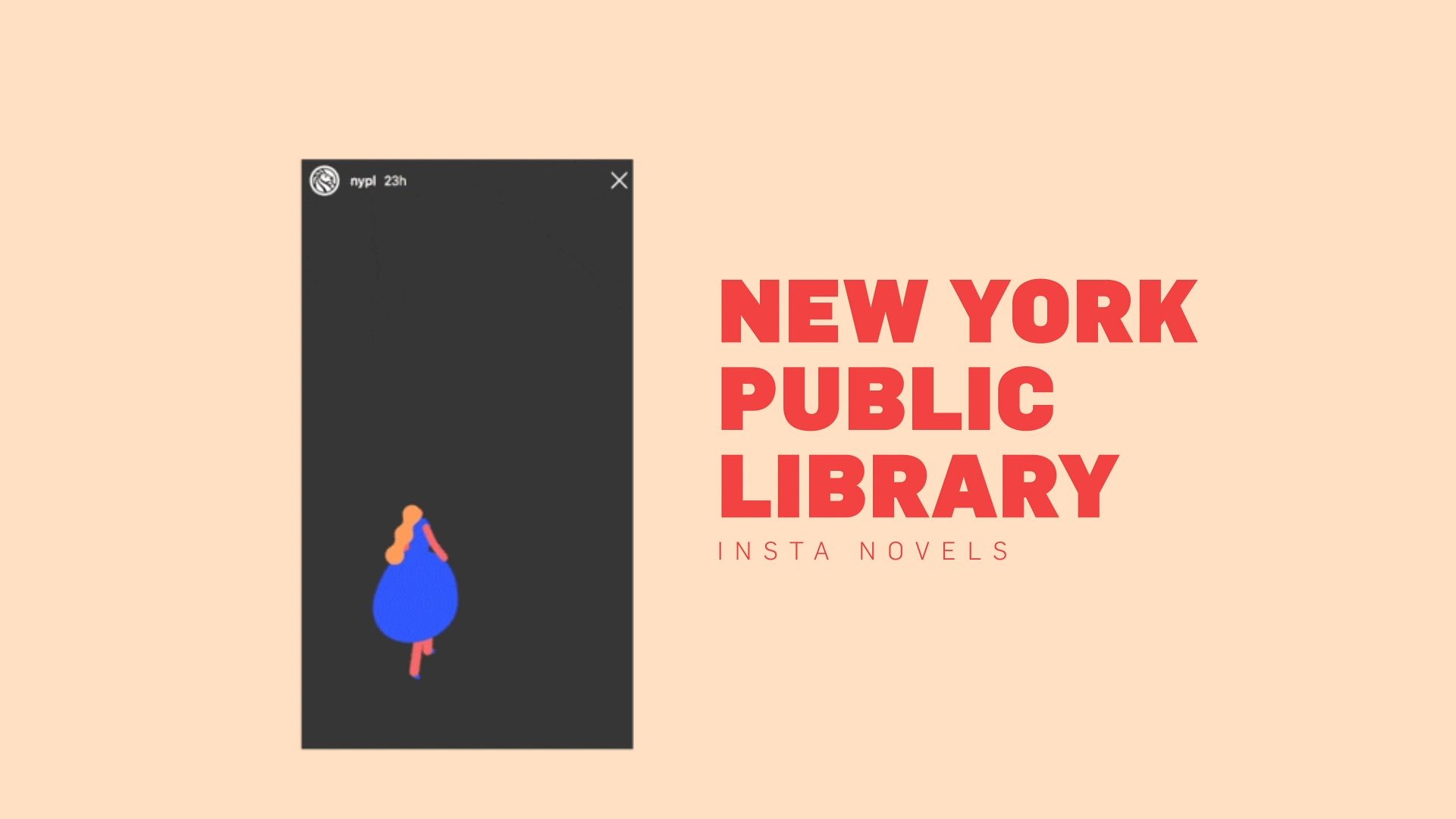
Talk about a novel idea. Could a format believed to be fast and fleeting be used to get a generation involved with full works of classic literary fiction? It just doesn’t seem like a fit.
But the New York Public Library and its agency Mother New York made it work. Insta Novels reimagines Instagram Stories to provide a new platform for iconic stories and make classic literature more widely available.
Here’s how it works. People go to the Library’s @nypl Instagram account and tap on one of the novels such as Alice’s Adventures in Wonderland. Users simply rest their thumb on the lower part of the screen to hold the page and lift their thumb to turn the page. And to add a bit of fun, the thumb holder is designed to double as a flip book—lifting it lets the pages flip, so you see an animation.
Several works are available. In addition to Lewis Carroll’s Alice, you can read Metamorphosis by Franz Kafka, A Christmas Carol by Charles Dickens, The Yellow Wallpaper by Charlotte Perkins Gilman and Edgar Allan Poe’s The Raven. As more works are added, the NYPL account will turn into a digital bookshelf.
“The reason why I like this idea and why it feels so pure and honest is because it’s useful, and people used it,” explained Corinna Falusi, chief creative officer and partner at Mother New York. “It is such an unusual way of using a platform.”
Success point 1: More than 300,000 people are reading books this way. Success point 2: It also has proven to be a publicity triumph for the library. It has won myriad awards including a Webby and a Clio. It has received millions-of-dollars-worth of press (for the cost of the reading an Insta Novel: $0). And the NYPL Instagram following has soared.
T A K E A W A Y
Don’t limit yourself to what you think Stories can do. No matter what your brand’s product or category is, there’s a way to work with Stories. A little creativity can take the format to new places.
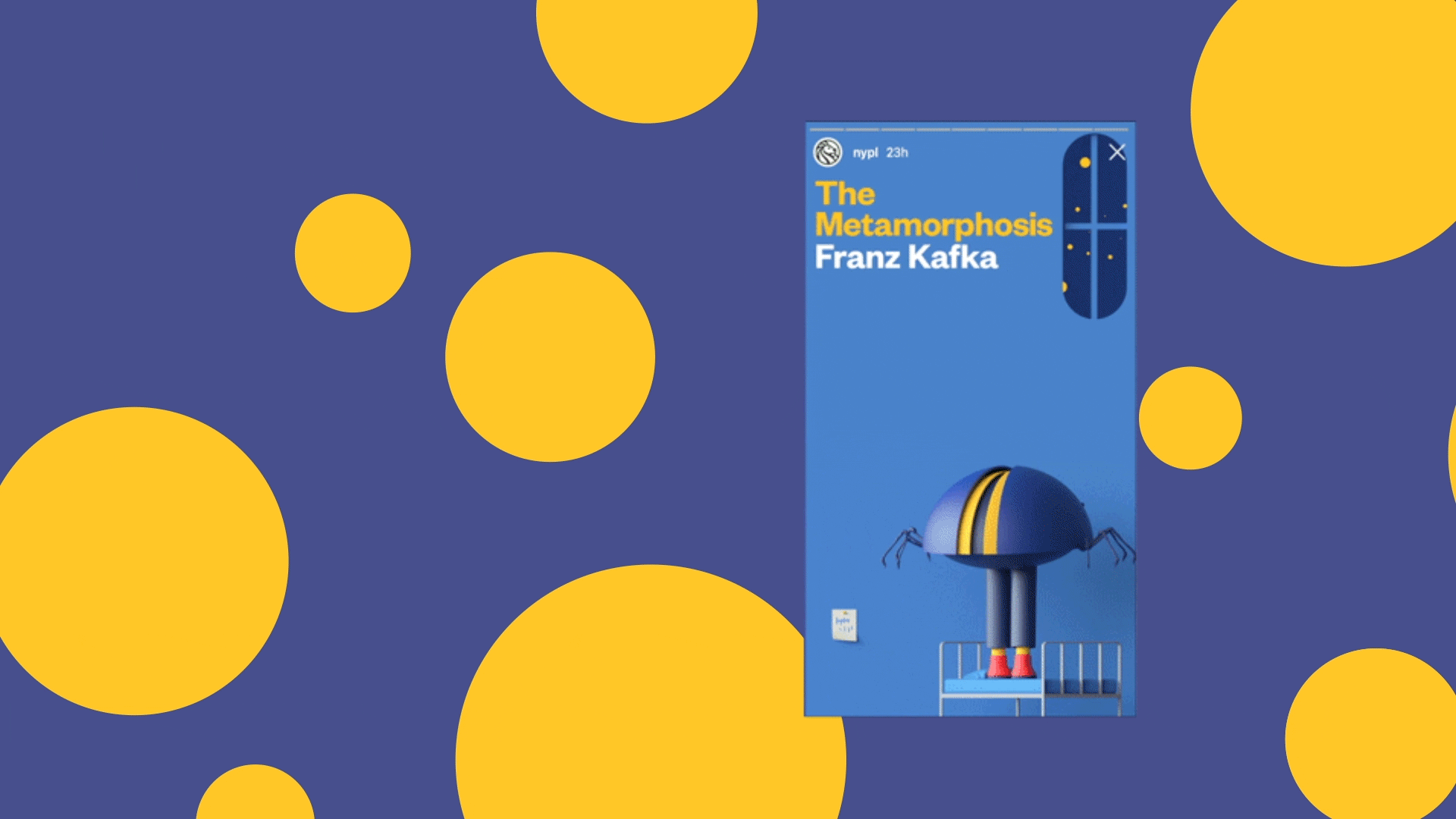
Talk about a novel idea. Could a format believed to be fast and fleeting be used to get a generation involved with full works of classic literary fiction? It just doesn’t seem like a fit.
But the New York Public Library and its agency Mother New York made it work. Insta Novels reimagines Instagram Stories to provide a new platform for iconic stories and make classic literature more widely available.
Here’s how it works. People go to the Library’s @nypl Instagram account and tap on one of the novels such as Alice’s Adventures in Wonderland. Users simply rest their thumb on the lower part of the screen to hold the page and lift their thumb to turn the page. And to add a bit of fun, the thumb holder is designed to double as a flip book—lifting it lets the pages flip, so you see an animation.
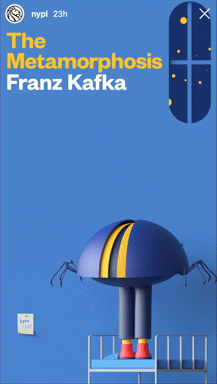
Several works are available. In addition to Lewis Carroll’s Alice, you can read Metamorphosis by Franz Kafka, A Christmas Carol by Charles Dickens, The Yellow Wallpaper by Charlotte Perkins Gilman and Edgar Allan Poe’s The Raven. As more works are added, the NYPL account will turn into a digital bookshelf.
“The reason why I like this idea and why it feels so pure and honest is because it’s useful, and people used it,” explained Corinna Falusi, chief creative officer and partner at Mother New York. “It is such an unusual way of using a platform.”
Success point 1: More than 300,000 people are reading books this way. Success point 2: It also has proven to be a publicity triumph for the library. It has won myriad awards including a Webby and a Clio. It has received millions-of-dollars-worth of press (for the cost of the reading an Insta Novel: $0). And the NYPL Instagram following has soared.
T A K E A W A Y
Don’t limit yourself to what you think Stories can do. No matter what your brand’s product or category is, there’s a way to work with Stories. A little creativity can take the format to new places.

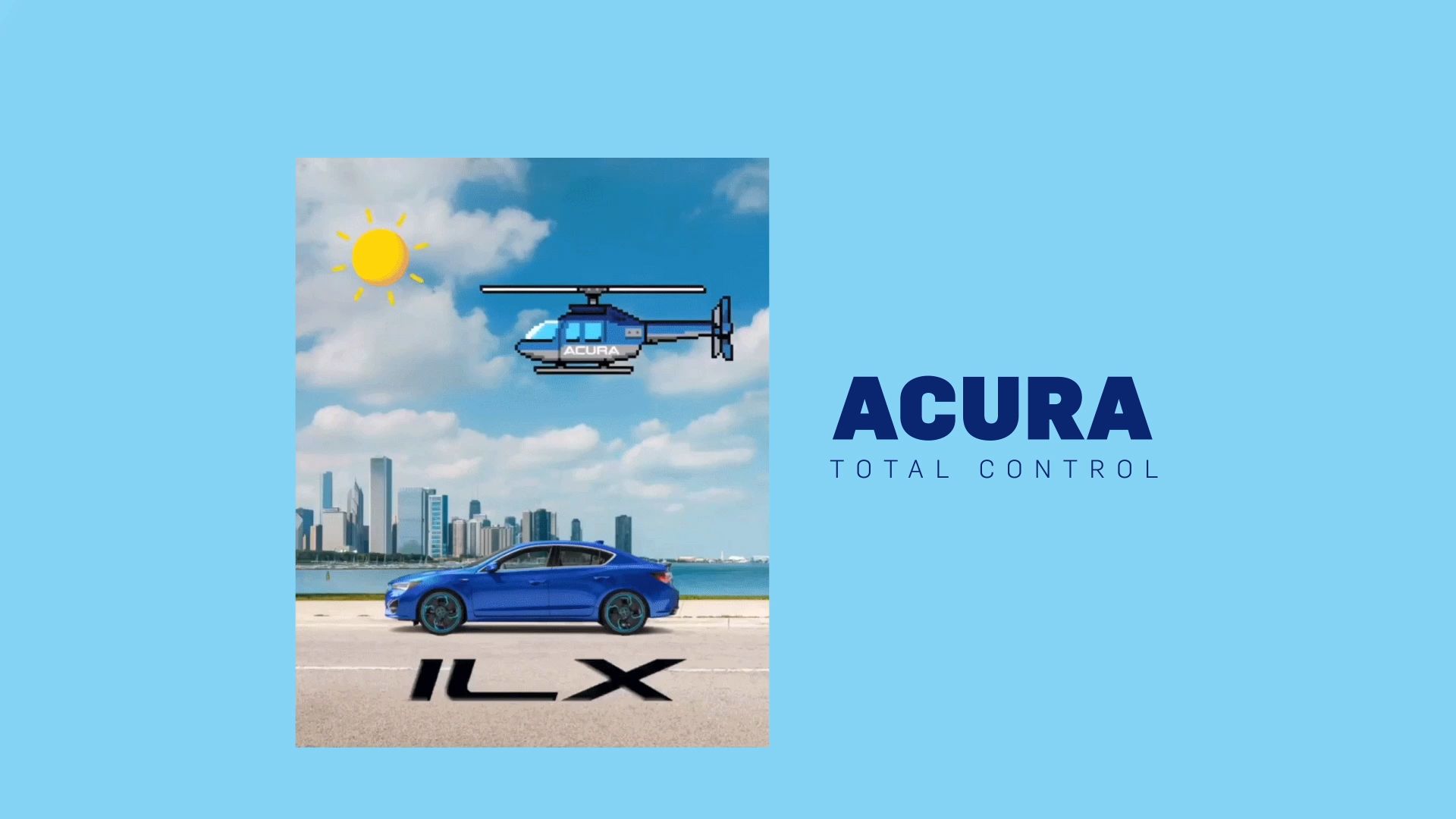
You know what? Millennials buy cars, too. In fact, they’re in the market for luxury and performance vehicles, making them a key audience for automakers to have an impact with. But don’t try to reach them with typical advertising tactics.
The truth is that most luxury carmakers just don't speak millennial.
And when they try to, the results feel out of touch or disingenuous.
That’s why Acura chose to meet millennials on their own mobile turf.
The automaker revved up a first-of-its-kind experience for Stories on Instagram, enabling users to reach in and playfully grab control of how they experience the Acura ILX sports sedan.
Just about every auto brand has some kind of online vehicle customizer. So, building a car online is hardly new. But Acura’s approach—developed with agency MullenLowe—was innovative and relevant; it let Instagram users customize their dream ILX directly in Stories. To really make it their own, with a simple tap, users could add custom elements such as wheels, accessories and A-Spec packaging to their car, as well as other branded, native-to-platform stickers, directly onto beauty shots of the ILX.
To make the experience more organic to the platform and more engaging, Acura also teamed up with top Instagram influencers and Giphy artists to create stickers that users could add to their custom ILX vehicle.
Jessica Fini, American Honda social Media Manager, said: “With ILX capturing the highest number of millennial buyers in its segment, it was really important for Acura to have a strong presence on social media platforms for the launch of the new model. Utilizing Instagram Stories and hacking the platform for users to create a custom ILX experience brings Acura into the conversation in an engaging, organic way.”
T A K E A W A Y
Meet your audience on the platforms they engage with every day. If you want to target millennials, raise the relevancy and be authentic. Conversation isn’t one-sided; find ways to create real connections between people and brands.

You know what? Millennials buy cars, too. In fact, they’re in the market for luxury and performance vehicles, making them a key audience for automakers to have an impact with. But don’t try to reach them with typical advertising tactics.
The truth is that most luxury carmakers just don't speak millennial. And when they try to, the results feel out of touch or disingenuous.
That’s why Acura chose to meet millennials on their own mobile turf. The automaker revved up a first-of-its-kind experience for Stories on Instagram, enabling users to reach in and playfully grab control of how they experience the Acura ILX sports sedan.
Just about every auto brand has some kind of online vehicle customizer. So, building a car online is hardly new. But Acura’s approach—developed with agency MullenLowe—was innovative and relevant; it let Instagram users customize their dream ILX directly in Stories. To really make it their own, with a simple tap, users could add custom elements such as wheels, accessories and A-Spec packaging to their car, as well as other branded, native-to-platform stickers, directly onto beauty shots of the ILX.

To make the experience more organic to the platform and more engaging, Acura also teamed up with top Instagram influencers and Giphy artists to create stickers that users could add to their custom ILX vehicle.
Jessica Fini, American Honda social Media Manager, said: “With ILX capturing the highest number of millennial buyers in its segment, it was really important for Acura to have a strong presence on social media platforms for the launch of the new model. Utilizing Instagram Stories and hacking the platform for users to create a custom ILX experience brings Acura into the conversation in an engaging, organic way.”
T A K E A W A Y
Meet your audience on the platforms they engage with every day. If you want to target millennials, raise the relevancy and be authentic. Conversation isn’t one-sided; find ways to create real connections between people and brands.

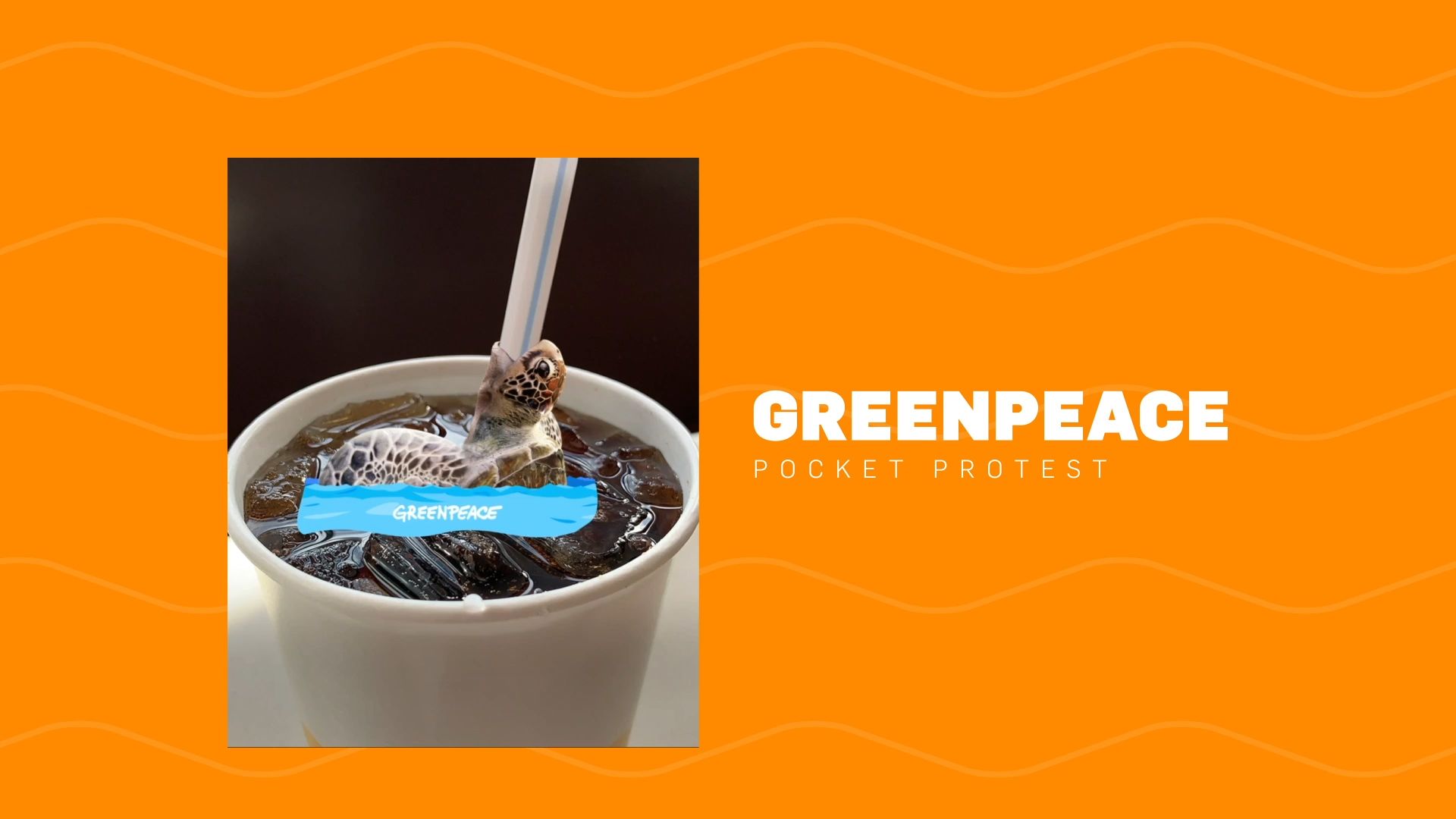
Greenpeace Canada ran a powerful print campaign that showed sea animals choking on single-use plastic. People were moved by the images of ocean pollution, and the message—don’t suck the life from our oceans—was equally resonant. But there was no way to take action.
The solution: Put the power of protest in the pocket of anyone with a phone. By turning the print ad’s stark images into stickers that could be used on Instagram Stories, Greenpeace and its creative agency Rethink removed barriers to action and empowered people with a way to do something about ocean pollution.
Protests and petitions have long been tools in Greenpeace's arsenal, but how could those be transformed to Instagram? The answer came in a common behavior for mobile-phone-toting diners—snapping photos of their food and drink. The images from the Greenpeace print campaign were activated—turned into Giphy stickers that could be placed over photos of meals with single-use plastic.
So, when someone was served an iced drink, a person could take a picture and add an image of a sea turtle choking on the plastic straw. This would immediately put pressure on restaurants to forego straws, lids and other single-use plastics.
“We’re hoping that by using these stickers to directly call out some of the worst offenders, people can convince businesses to give up unnecessary single-use plastics one and for all,” noted Agnes Le Rouzic, Oceans and Plastics Campaigner for Greenpeace Canada.
To encourage action, 15-second videos were created that ran both on people’s newsfeeds and Stories, showing them how to create their own protest pieces in three easy steps. It then worked with the Community Lab to identify influencers who could help seed the message authentically by using the Giphys.
T A K E A W A Y
Look for ways to make Stories part of your cross-platform campaigns, empowering your audience to take an action. Find opportunities to articulate your story in the right context and right places.
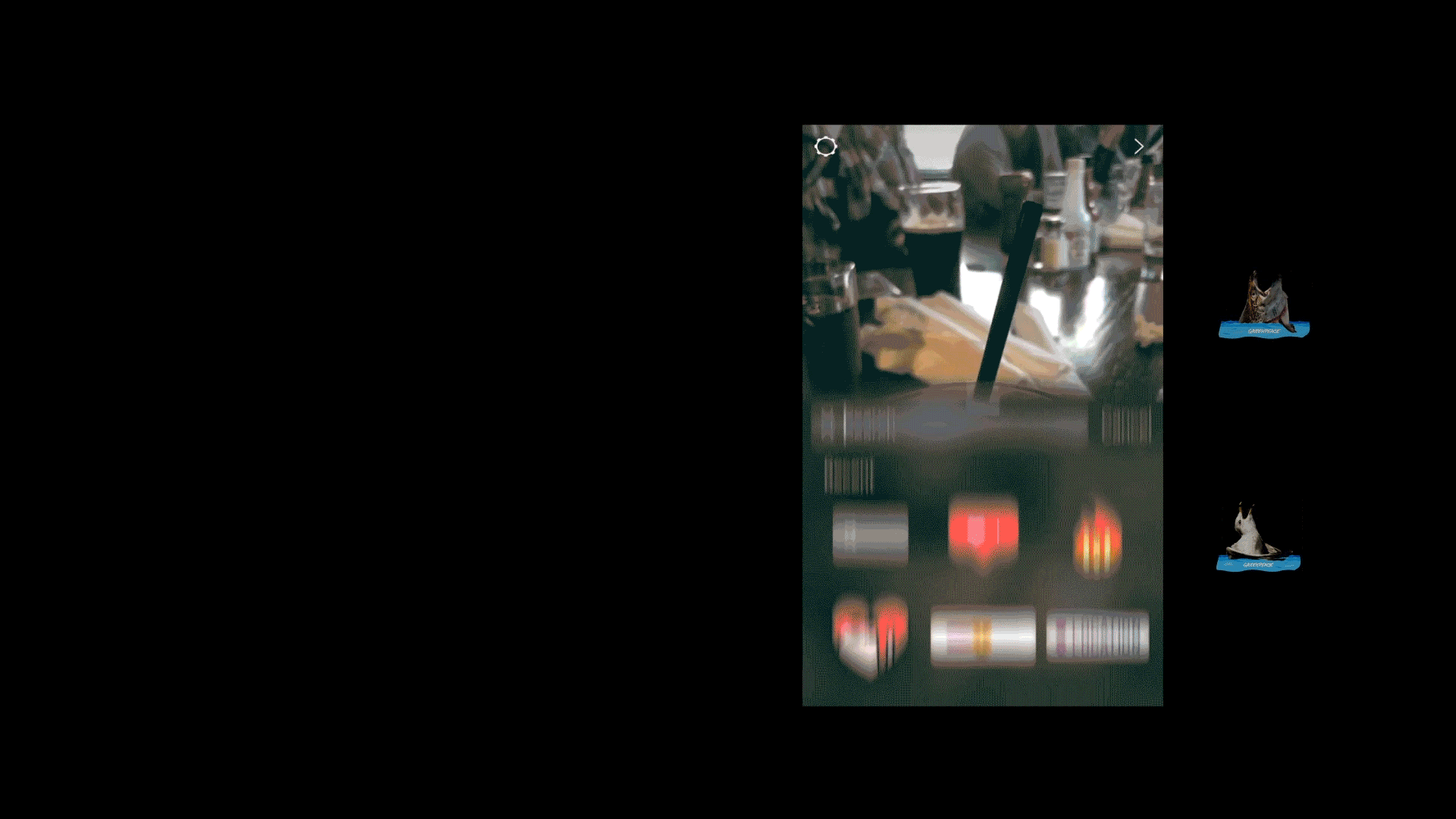
Greenpeace Canada ran a powerful print campaign that showed sea animals choking on single-use plastic. People were moved by the images of ocean pollution, and the message—don’t suck the life from our oceans—was equally resonant. But there was no way to take action.
The solution: Put the power of protest in the pocket of anyone with a phone. By turning the print ad’s stark images into stickers that could be used on Instagram Stories, Greenpeace and its creative agency Rethink removed barriers to action and empowered people with a way to do something about ocean pollution.
Protests and petitions have long been tools in Greenpeace's arsenal, but how could those be transformed to Instagram? The answer came in a common behavior for mobile-phone-toting diners—snapping photos of their food and drink. The images from the Greenpeace print campaign were activated—turned into Giphy stickers that could be placed over photos of meals with single-use plastic.
So, when someone was served an iced drink, a person could take a picture and add an image of a sea turtle choking on the plastic straw. This would immediately put pressure on restaurants to forego straws, lids and other single-use plastics.

“We’re hoping that by using these stickers to directly call out some of the worst offenders, people can convince businesses to give up unnecessary single-use plastics one and for all,” noted Agnes Le Rouzic, Oceans and Plastics Campaigner for Greenpeace Canada.
To encourage action, 15-second videos were created that ran both on people’s newsfeeds and Stories, showing them how to create their own protest pieces in three easy steps. It then worked with the Community Lab to identify influencers who could help seed the message authentically by using the Giphys.
T A K E A W A Y
Look for ways to make Stories part of your cross-platform campaigns, empowering your audience to take an action. Find opportunities to articulate your story in the right context and right places.
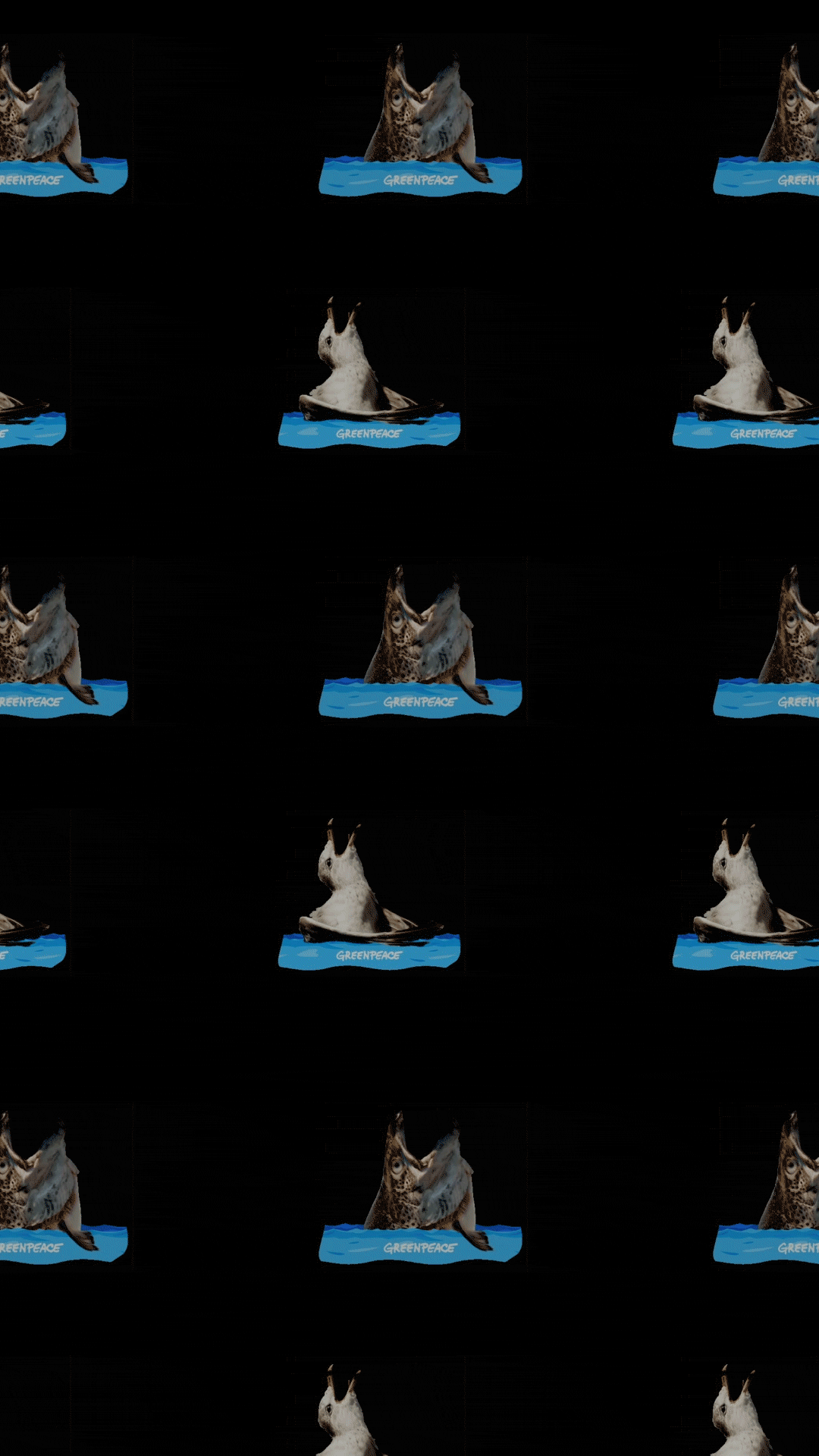
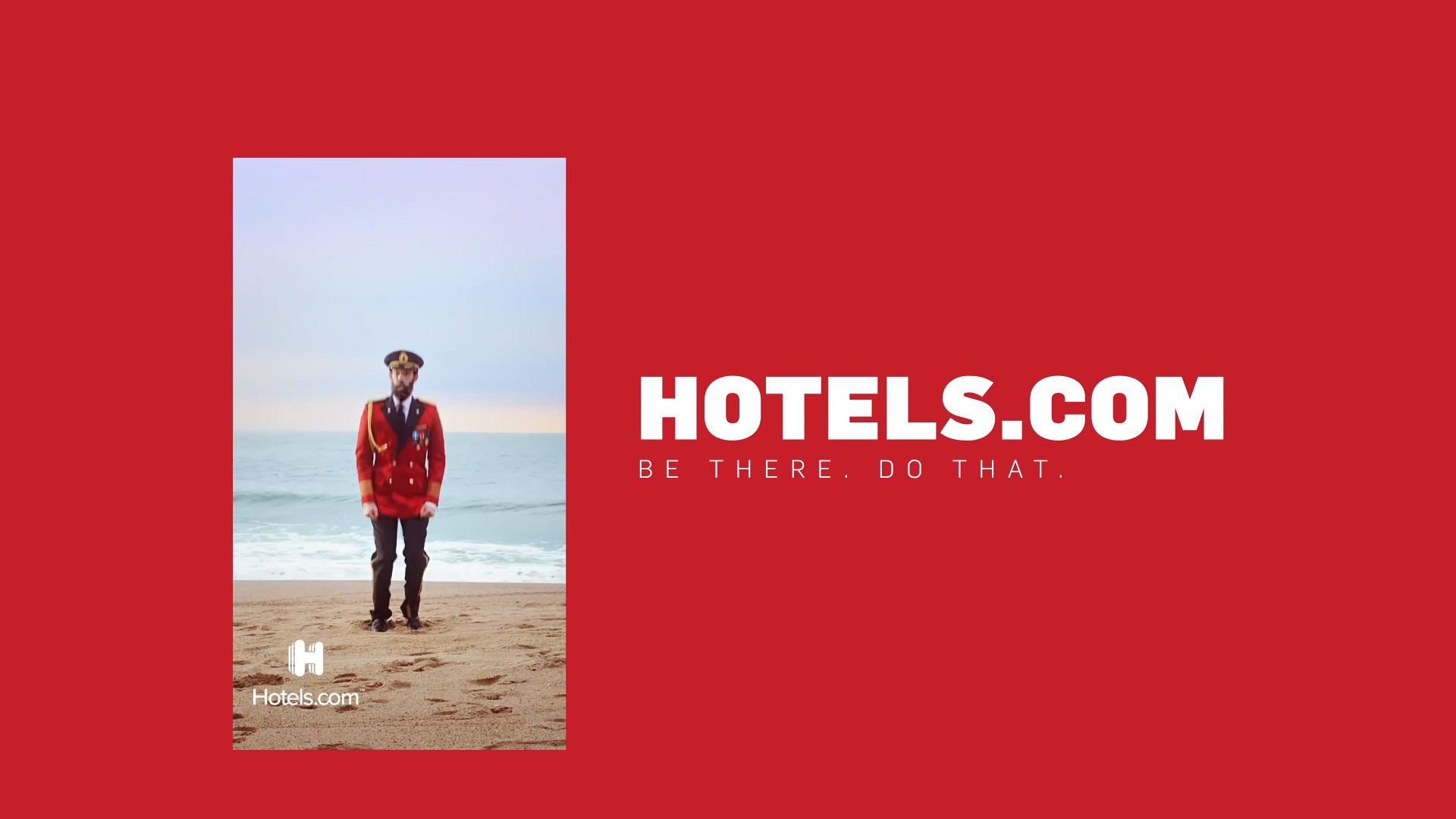
If it didn’t happen on Instagram …
There’s a certain amount of envy that occurs when you’re scrolling through your Stories and see your friends’ travel photos. You know, that perfect romantic beach vacay sunset. The stillness of the infinity pool. The lovely leaves poured on the perfect latte.
You know how you like those posts but really hate them? That’s what Hotels.com calls a “hate-like” and it formed the foundation of a campaign that ran across dozens of platforms and formats. There were TV ads, short videos, an interactive carousel and even an ecommerce site that sold merchandise that you could use to make your trip more hate-likable. After all, a survey that was part of the campaign found that 36% of people are just plain sick of seeing “legs by the pool” photos.
For Stories, Hotels.com put its Captain Obvious character in any number of situations that could drive a good hate-like. At the beach? He hops up and down, asking “If you don’t take a #jumpingpic on your trip, are you even making memories?” In his luxurious hotel? “If you don’t take a #mirrorselfie, does your hotel even have a bathroom?”
The key to the whole campaign? Speaking to an audience in a way that feels natural and native. The humor, with just a bit of snark, speaks to a culture that just about everyone could relate to.
T A K E A W A Y
Make Stories relatable and fun. The Stories format allows you to reach consumers in creative ways that they’re already using to share. Understanding audience behavior is table stakes for creating great Stories, so be inspired by your community.
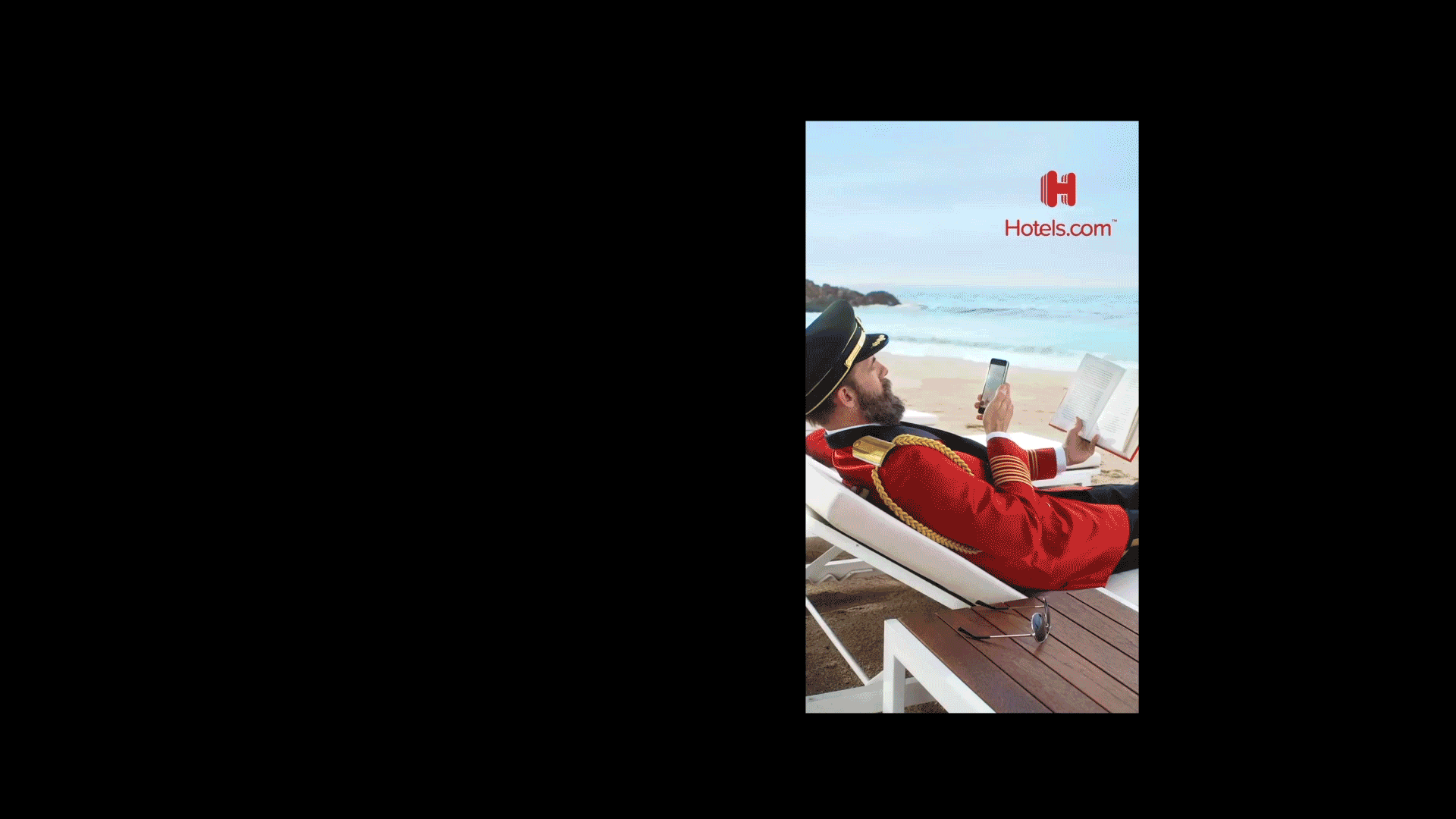
If it didn’t happen on Instagram …
There’s a certain amount of envy that occurs when you’re scrolling through your Stories and see your friends’ travel photos. You know, that perfect romantic beach vacay sunset. The stillness of the infinity pool. The lovely leaves poured on the perfect latte.
You know how you like those posts but really hate them? That’s what Hotels.com calls a “hate-like” and it formed the foundation of a campaign that ran across dozens of platforms and formats. There were TV ads, short videos, an interactive carousel and even an ecommerce site that sold merchandise that you could use to make your trip more hate-likable. After all, a survey that was part of the campaign found that 36% of people are just plain sick of seeing “legs by the pool” photos.
For Stories, Hotels.com put its Captain Obvious character in any number of situations that could drive a good hate-like. At the beach? He hops up and down, asking “If you don’t take a #jumpingpic on your trip, are you even making memories?” In his luxurious hotel? “If you don’t take a #mirrorselfie, does your hotel even have a bathroom?”

The key to the whole campaign? Speaking to an audience in a way that feels natural and native. The humor, with just a bit of snark, speaks to a culture that just about everyone could relate to.
T A K E A W A Y
Make Stories relatable and fun. The Stories format allows you to reach consumers in creative ways that they’re already using to share. Understanding audience behavior is table stakes for creating great Stories, so be inspired by your community.



 Built with Shorthand
Built with Shorthand





